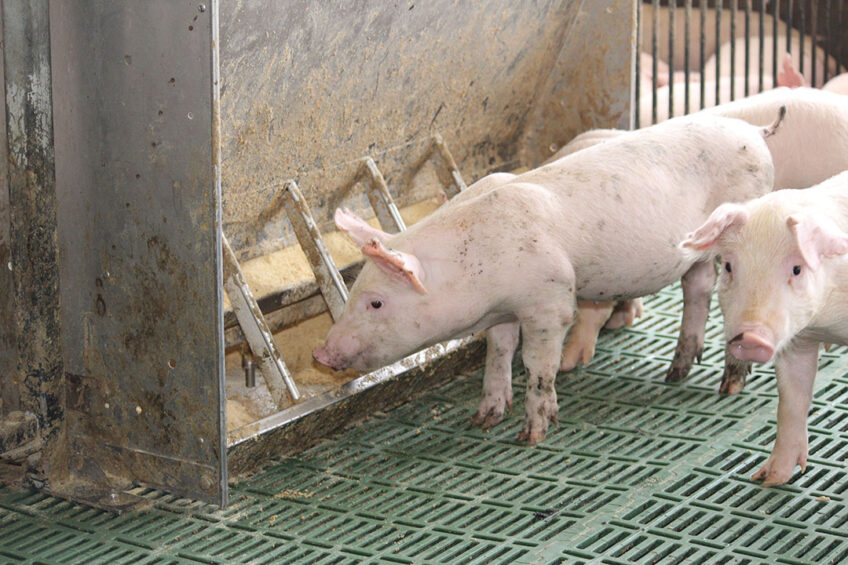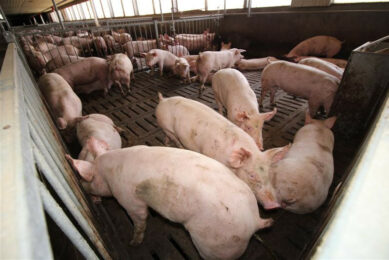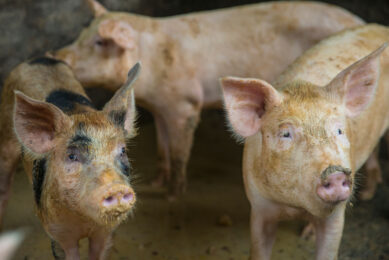ASF Philippines: A careful road to recovery

The ASF picture emerging from the Philippines at the moment is two sided. On the one hand, there is the biggest decline of the virus since its outbreak in 2019, yet on the other hand, this does not mean that the country is free from new outbreaks.
The overarching picture appears to be that the Philippines are getting the virus more and more under control. Last week, the Philippine Department of Agriculture (DA) said it has so far distributed 4,803 sentinel pigs to 1,306 farmers through its regional field offices this year. The covered areas are part of the hog repopulation programme as soon as they were cleared of ASF.
Strict monitoring and surveillance protocols
DA secretary Dr William Dar said the DA and local government units are partners in the strict monitoring and surveillance protocols against ASF and research and technology, including the development of rapid test kits and field-testing of vaccines.
He said, “ASF taught us to think forward to the future of livestock raising. We armed ourselves against future Transboundary Animal Diseases through the establishment of the Center for Transboundary Animal Diseases at the Central Luzon State University in Muñoz, Nueva Ecija.”
The DA said the Livestock and Poultry Information-Early Warning System gathers and consolidates important data on livestock and poultry commodities nationwide, tracking the effects of diseases, consumer behaviour, and climate change on the supply and demand for livestock and poultry products. “In terms of credit, we have loosened up credit facilities for our livestock raisers,” Dr Dar added.
The agency has been training thousands of veterinarians, village biosecurity officers, and technical personnel since 2019 when the first case of ASF in the country was confirmed.
Outbreaks continue to be reported
Even though careful steps are being taken towards recovery, continued outbreaks are being reported. In Eastern Visayas region, comprising 6 provinces, 49 towns and cities were reported to be infected late September. This followed reports by the Philippine News Agency, of a backyard farm that was affected in the southern Davao Occidental province at Mindanao island. On the other side of the archipelago, the virus was also detected in 4 villages (Bawanta, Palintucang, Pottot and Cabisilan) in La Union province, in the north west of Luzon.
In various other areas of the Philippines, the authorities have approved cash assistance to local hog raisers. That happened in for instance Ilocos Norte (Luzon) and Surigao del Sur (Mindanao).
Promotion of local pork products
In the meantime, the country’s largest pork producers group, Pork Producers Federation of the Philippines (PPFPI) has publicly denounced the low farm-gate prices, prompting them to launch a nationwide campaign, appealing to consumers to go for local pork products over imported.
In the Manilla Bulletin report, PPFPI president Nonon Tambago said local pig raisers have been dealing with falling farm-gate prices over the last 4 weeks, a situation worsened by rising production costs. “First, the price is down because of the low demand, which was dampened by consumers’ low purchasing capacity amid worsening Covid-19 situation. “The second is due to the massive arrival of cheaper imported pork approved by president Rodrigo Duterte with a much lower tariff. This imported pork is competing with our shrinking market demand.”
The report documents how the group is promoting the consumption of local pork products through its campaigns. The group also illustrates why it opposes the government’s decision to promote imports. Also included is the current stance of the government on implementation of the “Frozen Meat” importation, and its move to extend validity of import clearances for pork.
Late September, the authorities said that prices for pork were starting to normalise again.










